-

Poet-Musician Eugene Skeef
prophecy of the chosen one (for pitika ntuli – south african sculptor/poet) -
 Portrait of Shaheen Merali © P Putz
Portrait of Shaheen Merali © P PutzArtist and Curator Shaheen Merali
When an event becomes a lessonWhen an event becomes a lesson
(A Concocted Text)
Shaheen Merali
They, the people, began to write on all sorts of surfaces; some even wrote on old tin cans, baked beans or mackerel cans, using the bonded liquids of its contents that had now become mildew reminiscent of stump oil
They wrote about Pitika Ntuli’s sculptures made from bone, including Ovoid Dreams, a fusion of parts. Its bleary eyes and fingers traced by bright beads remained in the public realm years after it was intermittently shown on the internet
They said the ‘figure’ wore a mask reminiscent of the Covid Epoch, which had a power that spoke to many from different generations; the power to make them write from a will to be included, to log their ideas into a giant jigsaw that started before he carved into the bones of animals.
On a rusty fridge, a family from Kroonstad wrote with the light hues of the disposed through magnets in the form of the alphabet, an ode to the spirit of Ovoid Dreams. They must have retrieved a recording made by the apples & snakes collective of Ntuli in exile in London circa 1985. It emerged in one of the many images by Roger Ballen, of an Orange Free State generation that could neither spell or read - apartheid after all was unable ‘to secure the well-being of the privileged minority.’
Many others chose to contribute to an open blog with messages to Ntuli or to commemorate his sculptures. The blog was managed by Marshall Mobutu, an aged army marshall from Burundi, whose allegiance remained still with his former army who he had trained to shoot at an elephants’ graveyard.
Many such estranged if not awkward facts were consciously collected by John Henry, a postgraduate student, funded at SEEUS. His ability to search for belief and opinion evidenced in the writings or responses to Pitika Ntuli included the industrious projects by the Nigerian-Japanese artist, Ishii Ikuru based in Kaga, Ishikawa Prefecture. Most demanding of his efforts remain his finely chiselled diagrams and cartoons on decommissioned army weapons, further embellishing old uniforms.
Ikuru had spent four years inscribing key characters and scenarios on surplus army uniforms from the 1962 film Hatari, directed by the gregarious Howard Hawks; a film set in Tanganyika starring John Wayne about a group of hunters trapping wild African animals for zoos abroad. Pitika’s emblematic sculptures including the bones from the elephant, rhino, giraffe and horses as well as beads, shells, chains, computer circuit boards, pins, animal skins, and marbles were featured epistemically in each army garment or weapon with an anime character from Hatari. The series by Ikuru is difficult to describe or place in the history of contemporary art nevertheless they were collected and are on permanent view with a section devoted to documentation on Ntuli at the Yokohama Museum of Art.
In a conference accompanying the Biennale Jogja XIV Equator #4 were two academic papers and a poetic rendition accompanied by pre-recorded metallophones and xylophones that argued for further dissemination of Pitika Ntuli’s poetry in relation to his artistic practice. The three speakers collectively staged a challenge for the main academic community whose current understanding of Ntuli’s oeuvre remains diachronic. The writers Batelmann and Cooms and the performer, Shanti Nugraph offered their apostate privilege, which they believed allowed them to go beyond the present condition to consider his anachronic relationship to African spirit and spirituality.
The above links, minor and major, were revealed in a series of notes by the acclaimed art historian John Berger, whose own historic account on the use of bones in contemporary art, had described work, in an unpublished essay on artists’ (including Pitika Ntuli and Jimmie Durham), as the natural “relation between what we see and what we know is never settled. Each evening we see the sunset. We know that the earth is turning away from it. Yet the knowledge, the explanation, never quite fits the sight.”
Meanwhile, for the suffragette centenary exhibition in the Museum of London (2018) many artists’ works were selected to represent the Representation of the People Act, which ‘gave some women and all men the right to vote in local and national elections in the UK.’ A number of abstract paintings by Pitika Ntuli were shown in an accompanying slide show. Many believe these early works in exile formed the research basis of his subjects of famishing and anger which form the basis for his sculptures for the Azibuyela Emasisweni exhibition. The postcard set with the quote by the artist, “ I externalise their inherent shapes to capture the beauty and the truth embedded in them” were distributed in the education pack to 32,770 schools in the UK. Many of the children wrote and collaged these cards for their GCE and IB exams which in return were offered as a resource by the Aga Khan Foundation in Toronto.
The UNESCO Institute of Education formerly presented some of the work by British students in the reprint of publication Towards a Multilingual Culture of Education Edited by Adama Ouane. The editor invited key writers and thinkers to address Ntuli’s work, amongst the respondents were many brilliant contributions. Rustom Bharucha, culture critic and professor of Theatre and Performance Studies at Jawaharlal Nehru University, as well as the first project director of the Museum of Brooms, Rajasthan, stated at a small gathering at the Victoria Memorial Hall, Kolkata “he was a touchstone in the field” and he remained intrigued by his “rhizomatic way of thinking”.
Beijing based artist, Song Dong, created a day to write your diary with water on bones as an ode to Pitika Ntuli. Previously, Song Dong had used stone, water and a painting brush - in his second diaristic performance, the artist substituted the stone for the collar bone. A multitude of examples can be found on the beguiling website, recently curated by John Henry;
www. elephantsrus.co.za which includes photographs, zines, articles and pdfs. Key to the website is its ability to continually update the plethora of references and keyworks that Ntuli’s history of ideas has efficiently informed a greater agitation across the Afrofuturistic globe.
-

Artist, healer and improvisor Nduduzo Makhathini
Nduduzo Makhathini the Sonic Shaman: The Throwing of the BonesNduduzo Makhathini
A Meditation, A Creative and Sonic Response to Prof. Pitika Ntuli’s Exhibition Azibuyele Emasisweni
For many years, I have been interested in the intersections between ubungoma (healing) and improvisation. That is to say how sound cultivates be-ing. As a practicing sangoma (healer), it became apparent to me that the journey of being an improvisor (often in a jazz context) was to become an extension of the work of healing. Since these thoughts reached my spirit, I then felt it was necessary to meditate and think through how these two expressions hang together.
It is important to note that these two, at an epistemological level (or at least in the way I hope to explore in this text) are often not viewed as being organically linked. Most of the seminal literature on jazz and improvisation here in South Africa has often commented about jazz and its linkages with politics under apartheid. This is indeed the truth, especially when reflecting on sounds that were produced in the 60s, 70s and 80s both in South Africa and in exile as it were. Here I am thinking about groups such as the Jazz Epistles, Blue Note, Soul Jazz Men among others. These groups (and individuals) were responsible for created a deep political awareness about what was taking place in South Africa during apartheid. This is a period that produced songs such as; and ‘Manenberg’ which in the 80s became an ‘unofficial national anthem’, ‘Stimela’ and ‘Khawuleza’ among others. These tunes collectively became a soundtrack in the story of apartheid in South Africa and beyond. But also, a place a refuge for a lot of us growing up and a heavy hand of the apartheid regime.
But there were also other musicians who were exploring particular perspectives that, which I want to suggest, sat on the edges of the documentations of the tales of this art form. These musicians explored a spiritual path. Often in existing literature, there is a way in which ‘spirituality’ is employed as a backdrop, wherein here I am proposing that we think of ‘spirituality’ as a frame that informs the articulations of sound. Here I am also not suggesting that the musicians mentioned earlier did not explore these frames and vice versa, but I am suggesting that the artists I am about to mention (including my own practice) emerged from a space of seeking spiritual paradigms within their sound. These artists include; Philip Tababane and Malombo whom gathered around the concept of malombo (Venda healing ritual) as the center of the work, Bheki Mseleku and Zim Ngqawana whom both explored various spiritual influences as a way of giving sound its identity –– and Busi Mhlongo, among others, who were initiated sangomas and looked at their work as an outlet or a response to their ancestral calling.
I am giving this background in order to situate my own journey and artistic practice as manifested in the two composition ‘Amathambo’ and ‘Umthakathi’ that were selected by Prof Pitika Ntuli to accompany his exhibition. Both these pieces were part of my 2017 release called Ikhambi (healing concoction). The record revolved around the idea of sound as an instrument for healing. Furthermore, the project proposed that improvisation, in jazz, could be viewed as a method of gathering sonic concoctions, similarly to a sangoma in the wilderness gathering herbs.
iKhambi also aims at positioning blackness beyond definitions of the oppressor and wants to remember the pure state of our people, their dance, songs and religious practices in their pre-colonial state. Through song this project wants to restore black pride and promote self-love. iKhambi believes that this is a crucial step concerning our healing and the emancipation of our people through a new look towards African knowledge systems and how they can contribute in the processes of decolonization today and ultimately how Africa as a continent contributes to a universal consciousness. Makhathini 2017 (liner notes)
Once again, this idea is not an invention as I have shown above that certain jazz musicians and improvisors have explored these connections before me. It is also important to add that in precolonial times, our ancestors viewed sound as an integral part of being and healing.On Ikhambi (2017) I also explored sonic relationships between memory and performance. I reference memory in the context of my ancestors, upbringing and the centrality of song in ritual. Growing up in the rural and later in the townships of KwaZulu Natal in Pietermaritzburg meant I had to learn a lot about community, ritual ceremonies and the church (the Zionist Church most in in particular). That also meant learning various repertoires as a way of experiencing spirituality in the context on my village.
For instance, ‘Umthakathi’ (a witch) reflects of the mystical nature of a witch, growing up you will hear so much about him/her but never really seen. Through desperations of being a young man and searching for the truth, I was led to an individual imagining of how a witch looked based on the particularities of the stories told by the elders –– but also the things I had seen in my dreams. I then explore the presence of ‘Umthakathi’ in three movements.
‘Umthakathi’ (1st Movement) In the last hours before dawn, a young mother who had been trying to nurse her newborn baby (Ajana, who is later to become king) to sleep sees a witch through the window. Ajana’s restlessness is roused by the spiritual presence of umthakathi in the neighborhood. ‘Umthakathi’ (2nd Movement) As the witch tiptoes through the darkness, dogs suddenly break into a piercing howl that wakes the village from their slumber. And the witch is captured. ‘Umthakathi’ (3rd Movement) The elders gather by the river do conduct a cleansing ritual for the witch. The ritual is interrupted a heavy storm and the diviners are invited to chant to the rain Goddess Nomkhubulwane until the storm is over. Makhathini 2017 (liner notes)
While ‘Amathambo’ explores what lives in the liminal space. It emerges from a space of divination (the throwing of the bones) and how that allows us a window into unseen worlds of the ancestors. Grappling with the idea of ‘improvisation’ I then found the ‘metaphor’ of the throwing of the bone as the closest way of thinking about my work. I am constantly moving from the known, to the unknown and landing on a kind of new knowing. Similarly to a sangoma (in a traditional sense) that utilizes objects (amathambo) as a tool of citing meanings from a metaphysical dimension and bring them into the physical spheres in real-time. This I call ‘ritual technology’, which is a theme I explore quite intensely in my recent work Modes of Communication: Letters from the Underworlds (2020).‘Amathambo’ A troubled man whose hopes have turned to ash, at the height of perilous times, visits a sangoma and discovers a new method of divination through improvised music that suddenly connects him to the unseen realm of his ancestors that he has been seeking for decades, soon after the ritual his troubles are stilled.
ThokozaNduduzo Makhathini (Artist, Healer and Improvisor) -
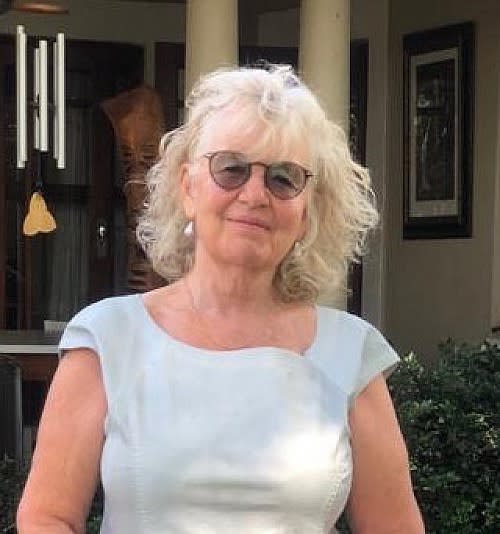
-
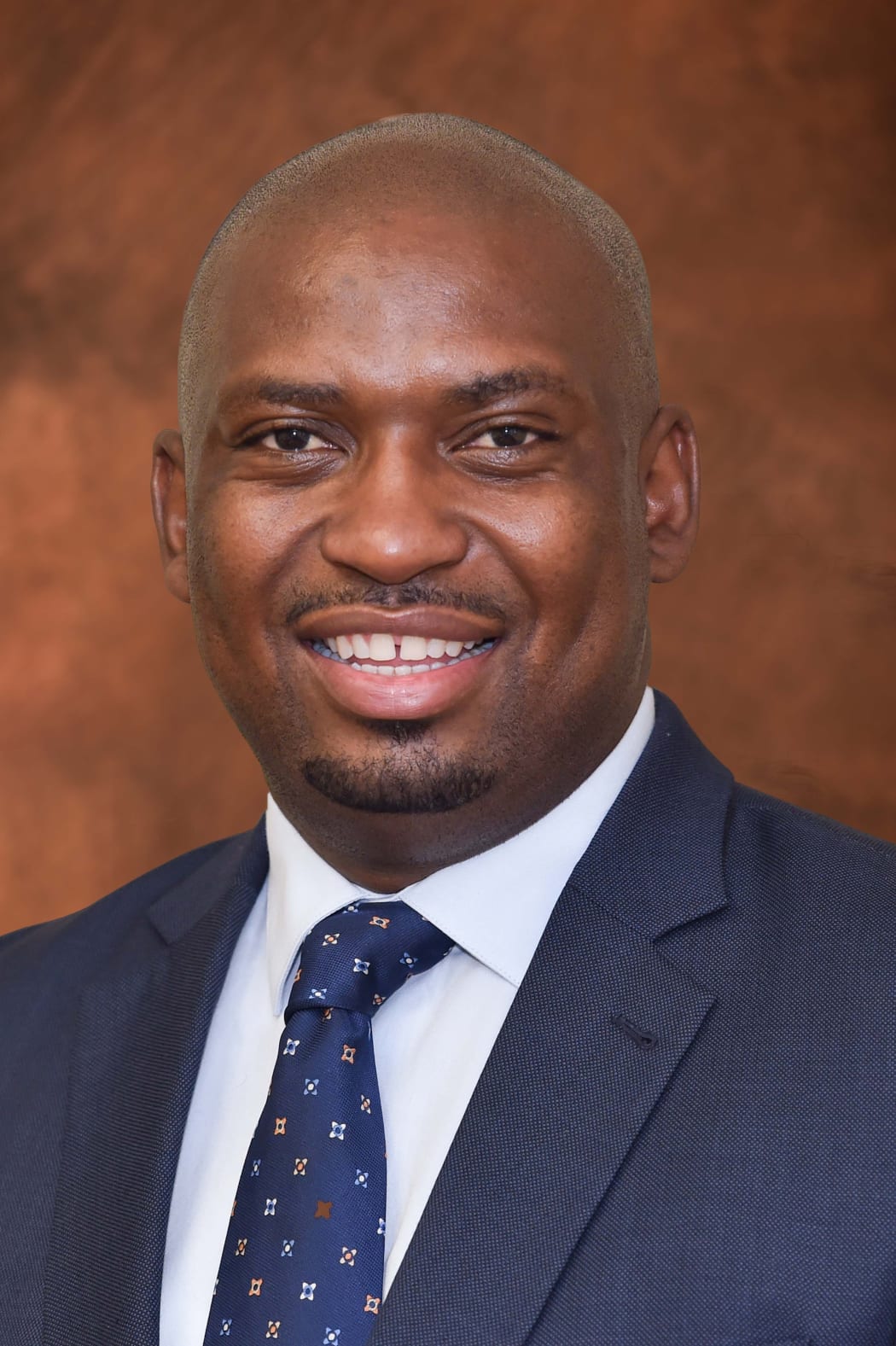
-

-
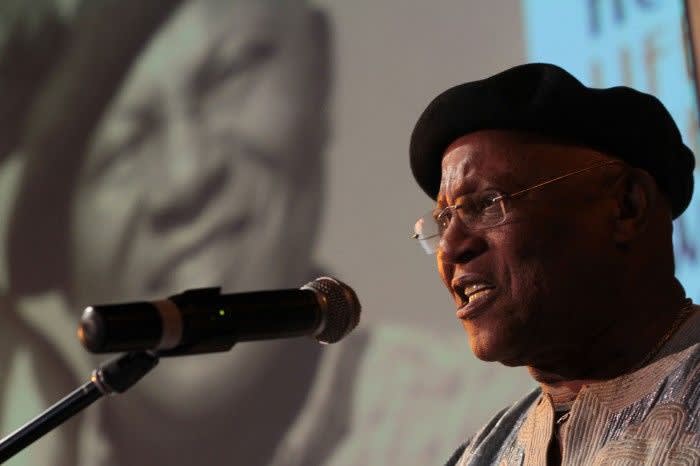
-
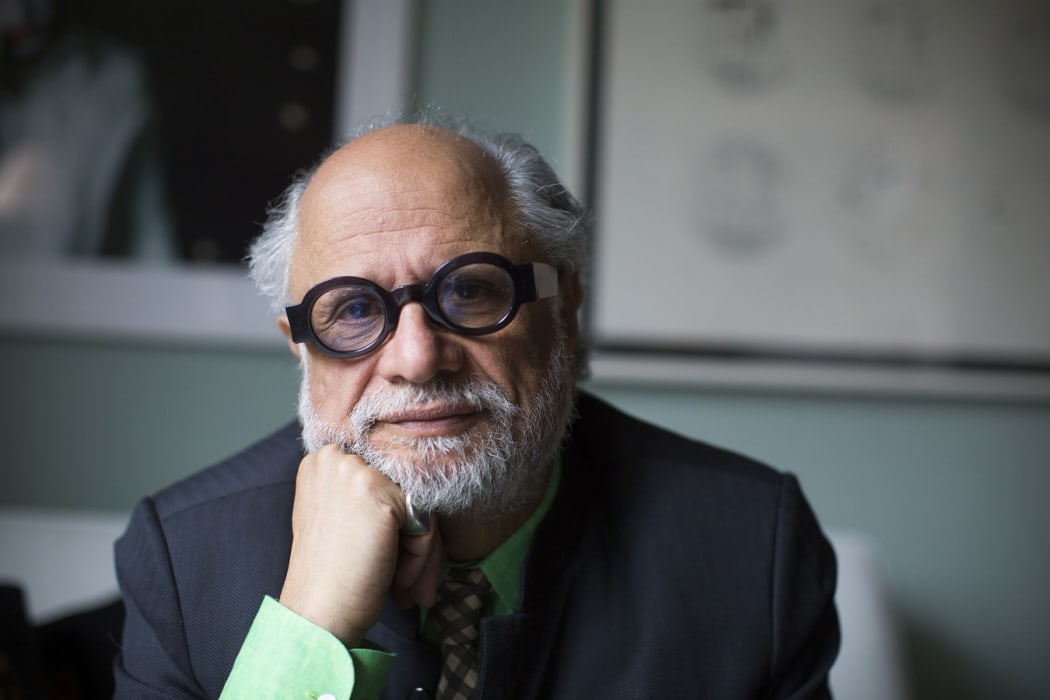 Feature photo credit Stephanie Mitchell
Feature photo credit Stephanie Mitchell -
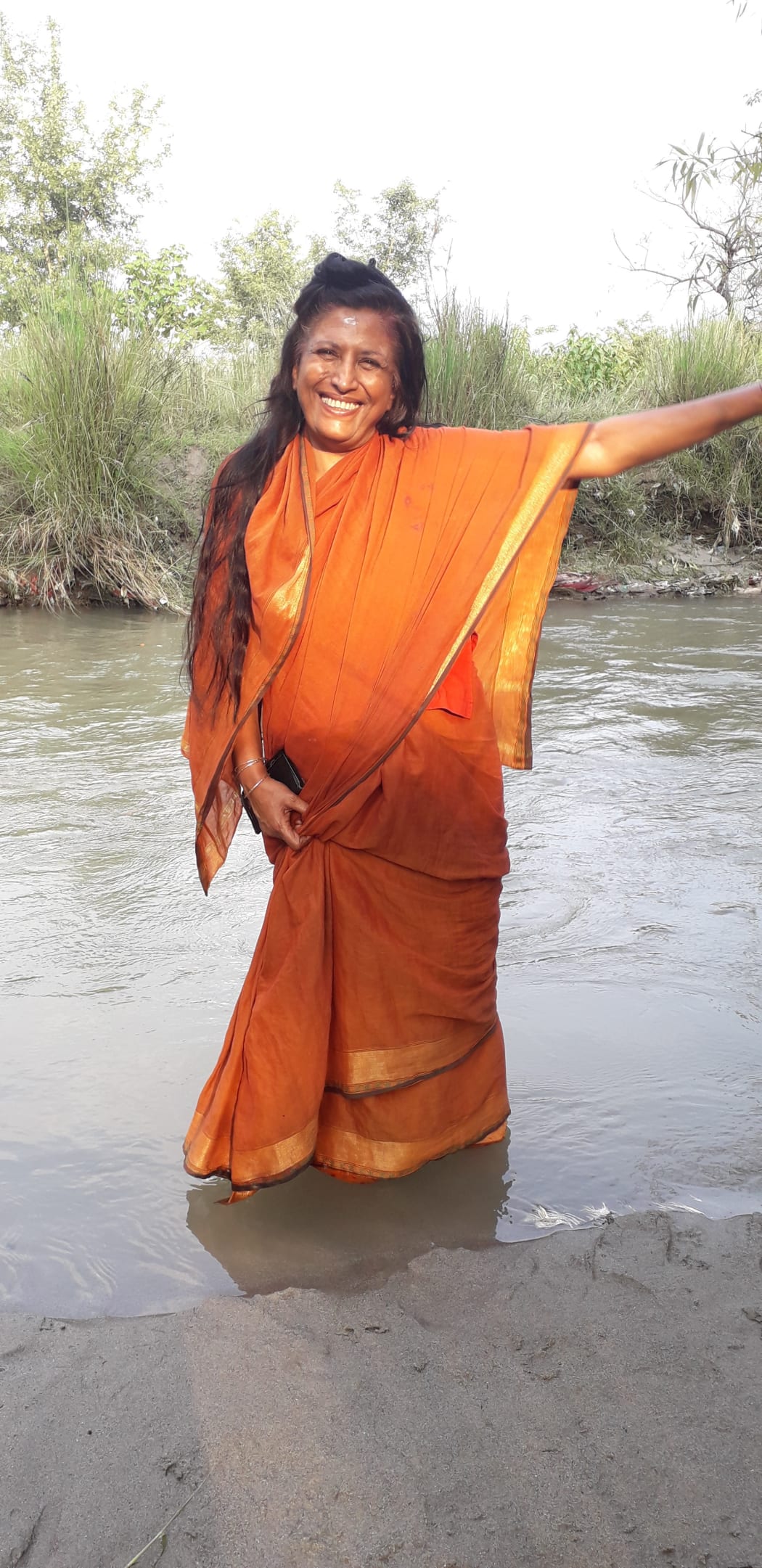
-
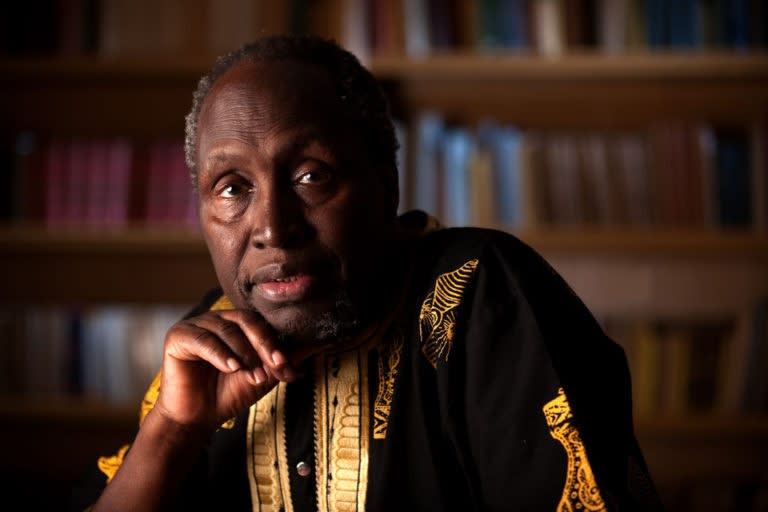
-
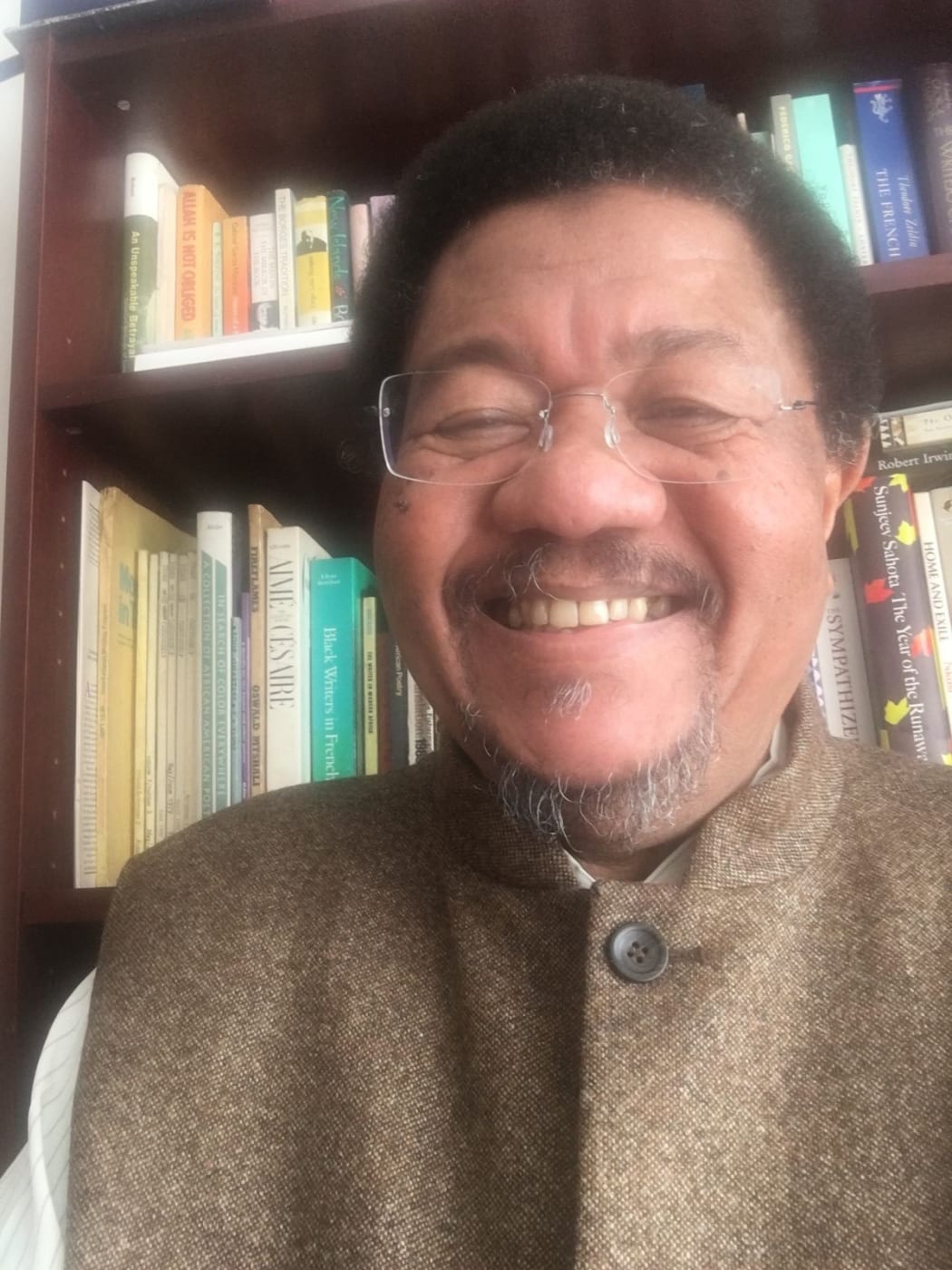 Profile image of Ahmed Rajab
Profile image of Ahmed RajabJournalist Ahmed Rajab
The Cosmology of Bones -
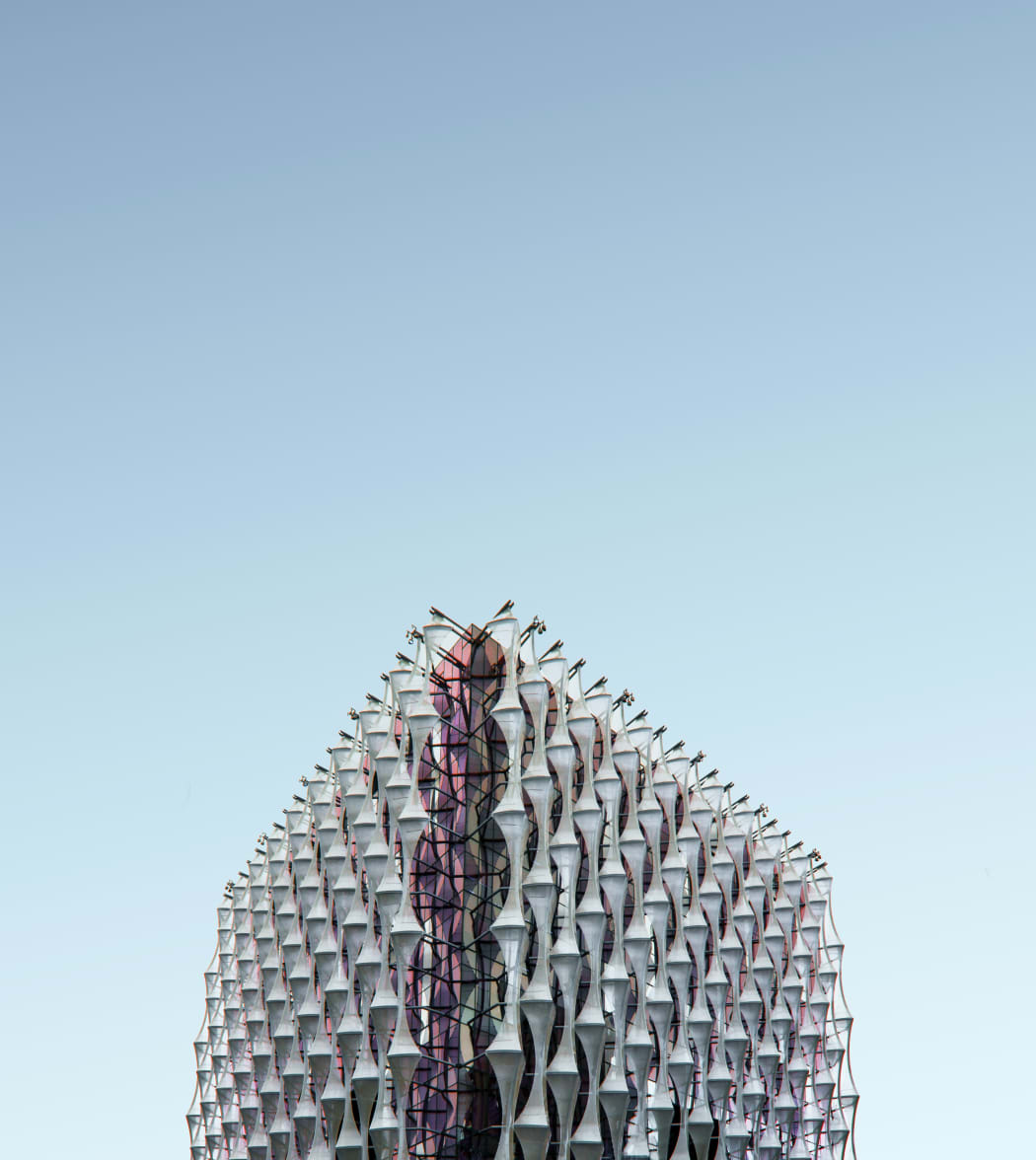 Image caption
Image captionBlog Title
SubtitleLorem ipsum dolor sit amet, mea fugit dicit possit cu, qui dicta eruditi accusam ex. Postea mentitum vel ad. Appareat periculis voluptatum eos an. Dicant prodesset ea qui, et brute nostrum perfecto vix. Partem eloquentiam vis at, posse nulla tamquam sed in. Nostro definiebas id has.
Join our Community
Subscribe to be the first to know about our openings, exhibitions, artists, and their achievements.
* denotes required fields
We will process the personal data you have supplied in accordance with our privacy policy (available on request). You can unsubscribe or change your preferences at any time by clicking the link in our emails.
